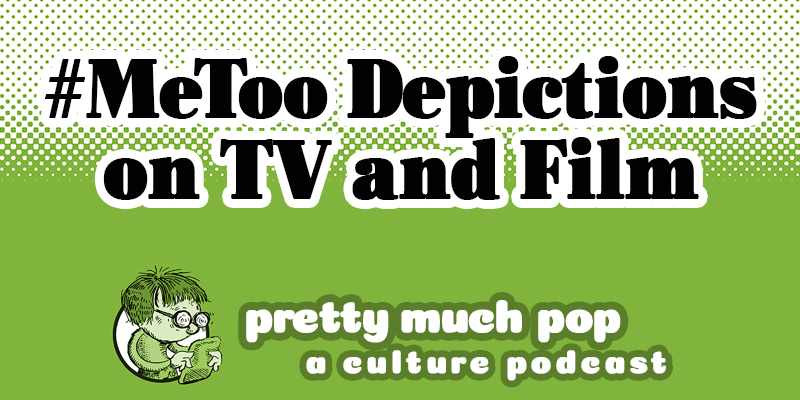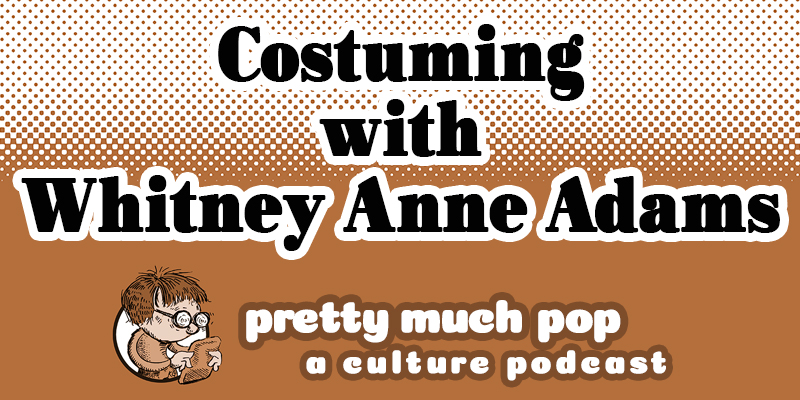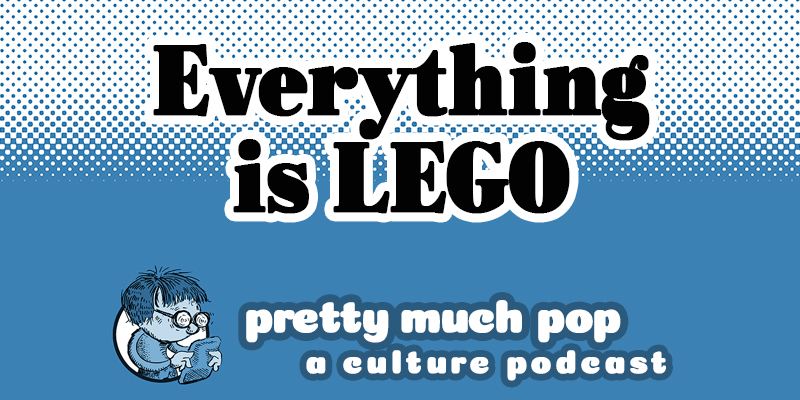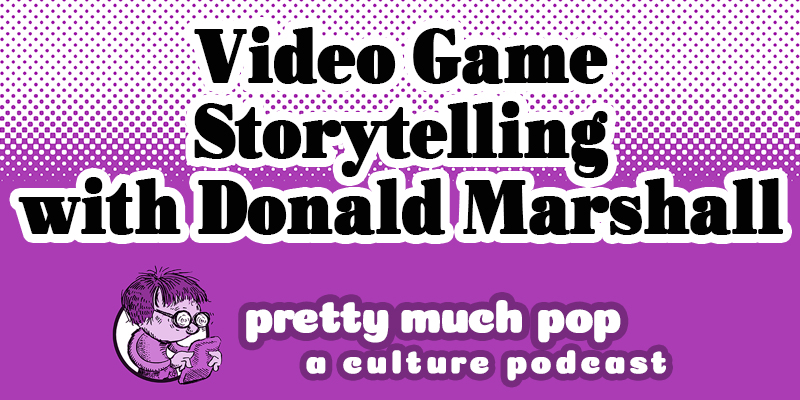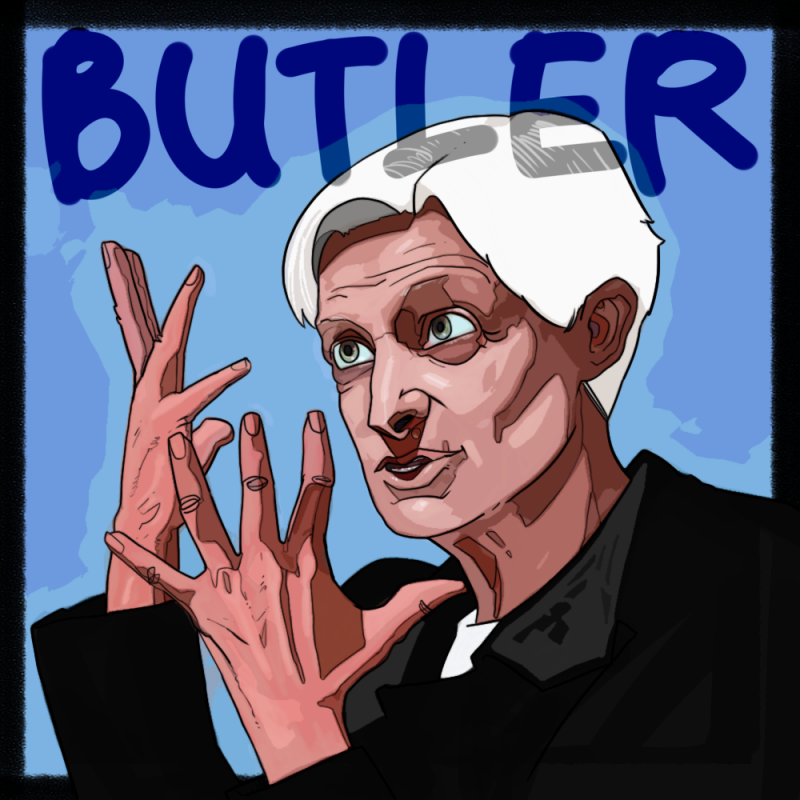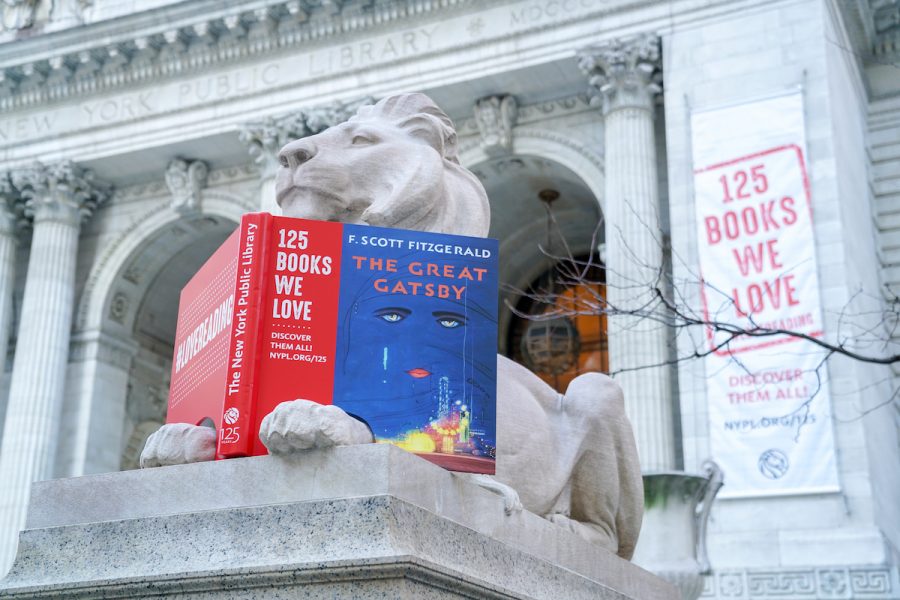The New York Public Library sure knows how to celebrate a quasquicentennial. In honor of its own 125th anniversary, it’s rolling out a number of treats for patrons, visitors, and those who must admire it from afar.
Obviously, the list—and any perceived omissions—will generate passionate debate amongst book lovers, a prospect the library relishes, though it’s enlisted one of its most ardent supporters, author Neil Gaiman, whose American Gods made the final cut, to remind any disgruntled readers of the spirit in which the picks were made:
Readers, have a look at the complete list of the New York Public Library’s 125 Books for Adult Readers, and leave us a comment to let us know what titles you wish had been included. Or better yet, tell us which as-yet unread title you’re planning to read in honor of the New York Public Library’s 125th year:
George Orwell, 1984
Saul Bellow, The Adventures of Augie March
W.H. Auden, The Age of Anxiety
Ron Chernow, Alexander Hamilton
Erich Maria Remarque, All Quiet on the Western Front
James Patterson, Along Came a Spider
Michael Chabon, The Amazing Adventures of Kavalier & Clay
Neil Gaiman, American Gods
Mary Oliver, American Primitive
Agatha Christie, And Then There Were None
Maggie Nelson, The Argonauts
Sylvia Plath, Ariel
Ian McEwan, Atonement
Anne Carson, Autobiography of Red
Toni Morrison, Beloved
Raymond Chandler, The Big Sleep
Tom Wolfe, The Bonfire of the Vanities
Evelyn Waugh, Brideshead Revisited
Colm Tóibín, Brooklyn
Joseph Heller, Catch-22
J.D. Salinger, The Catcher in the Rye
Claudia Rankine, Citizen
Stacy Schiff, Cleopatra
David Mitchell, Cloud Atlas
Langston Hughes, The Collected Poems of Langston Hughes
Terry Pratchett, The Color of Magic
Alice Walker, The Color Purple
Walter Mosley, Devil in a Blue Dress
Erik Larson, The Devil in the White City
Frank Herbert, Dune
Michael Ondaatje, The English Patient
Alyssa Cole, An Extraordinary Union
Ray Bradbury, Fahrenheit 451
J.R. R. Tolkien, The Fellowship of the Ring
N.K. Jemisin, The Fifth Season
Alison Bechdel, Fun Home
George R. R. Martin, A Game of Thrones
James Baldwin, Giovanni’s Room
Arundhati Roy, The God of Small Things
Flannery O’Connor, A Good Man is Hard to Find
Edwin G. Burrows and Mike Wallace, Gotham
John Steinbeck, The Grapes of Wrath
F. Scott Fitzgerald, The Great Gatsby
Margaret Atwood, The Handmaid’s Tale
J.K. Rowling, Harry Potter and the Sorcerer’s Stone
Shirley Jackson, The Haunting of Hill House
Carson McCullers, The Heart Is a Lonely Hunter
Dave Eggers, A Heartbreaking Work of Staggering Genius
Douglas Adams, The Hitchhiker’s Guide to the Galaxy
Arthur Conan Doyle, The Hound of the Baskervilles
V.S. Naipaul, A House for Mr. Biswas
Edith Wharton, The House of Mirth
Marilynne Robinson, Housekeeping
Allen Ginsberg, Howl
Maya Angelou, I Know Why the Caged Bird Sings
Truman Capote, In Cold Blood
Beverly Jenkins, Indigo
Jhumpa Lahiri, Interpreter of Maladies
Jon Krakauer, Into Thin Air
Ralph Ellison, Invisible Man
Gore Vidal, Julian
Khaled Hosseini, The Kite Runner
Ursula K. Le Guin, The Left Hand of Darkness
Mary Karr, The Liars’ Club
Kate Atkinson, Life After Life
Tracy K. Smith, Life on Mars
Vladimir Nabokov, Lolita
Art Spiegelman, Maus
David Sedaris, Me Talk Pretty One Day
John Berendt, Midnight in the Garden of Good and Evil
Salman Rushdie, Midnight’s Children
Martin Amis: Money
Michael Lewis: Moneyball
Jonathan Lethem, Motherless Brooklyn
Virginia Woolf, Mrs. Dalloway
Elena Ferrante, My Brilliant Friend
J.D. Robb, Naked in Death
Richard Wright, Native Son
Elizabeth Strout, Olive Kitteridge
Jack Kerouac, On the Road
Gabriel García Márquez, One Hundred Years of Solitude
Jeanette Winterson, Oranges Are Not the Only Fruit
Adam Johnson, The Orphan Master’s Son
Per Petterson, Out Stealing Horses
Octavia E. Butler, Parable of the Sower
Marjane Satrapi, Persepolis
Annie Dillard, Pilgrim at Tinker Creek
Philip Roth, Portnoy’s Complaint
Graham Greene, The Quiet American
Daphne du Maurier, Rebecca
Kazuo Ishiguro, The Remains of the Day
Louise Erdrich, The Round House
Amor Towles, Rules of Civility
Alice Munro, Runaway
John Ashbery, Self-Portrarit in a Convex Mirror
Stephen King, The Shining
Annie Proulx, The Shipping News
Rachel Carson, Silent Spring
Nalini Singh, Slave to Sensation
Joan Didion, Slouching Towards Bethlehem
Leslie Feinberg, Stone Butch Blues
John Cheever, The Stories of John Cheever
Albert Camus, The Stranger
Ernest Hemingway, The Sun Also Rises
Patricia Highsmith, The Talented Mr. Ripley
George Saunders, Tenth of December
Zora Neale Hurston, Their Eyes Were Watching God
Chinua Achebe, Things Fall Apart
Cixin Liu, The Three-Body Problem
Harper Lee, To Kill a Mockingbird
Denis Johnson, Train Dreams
Henry James, The Turn of the Screw
Milan Kundera, The Unbearable Lightness of Being
Colson Whitehead, The Underground Railroad
Joseph Mitchell, Up in the Old Hotel
Jeffrey Eugenides, The Virgin Suicides
Jennifer Egan, A Visit from the Goon Squad
Isabel Wilkerson, The Warmth of Other Suns
Alan Moore and Dave Gibbons, Watchmen
Raymond Carver, What We Talk About When We Talk About Love
Don DeLillo, White Noise
Zadie Smith, White Teeth
Haruki Murakami, The Wind-Up Bird Chronicle
Hilary Mantel, Wolf Hall
Maxine Hong Kingston, The Woman Warrior
